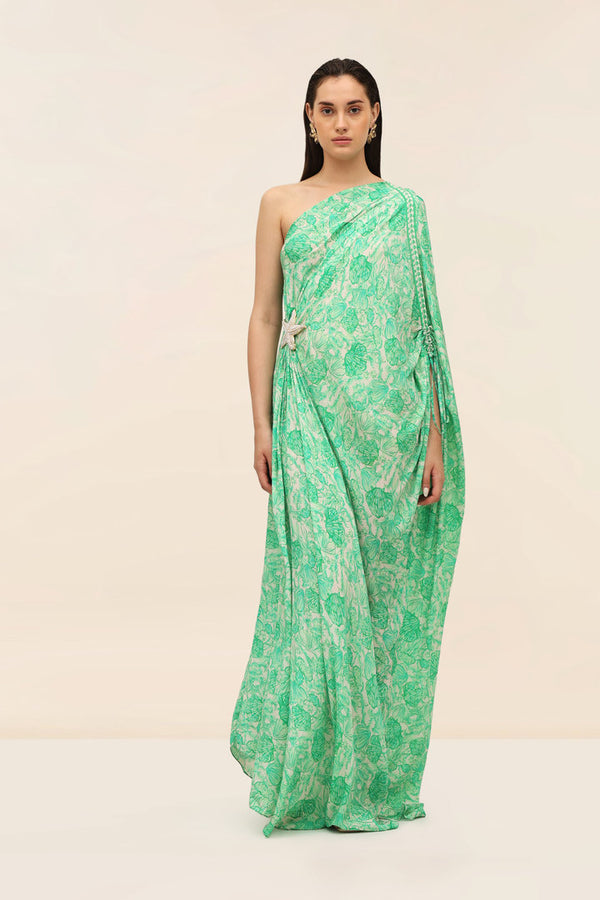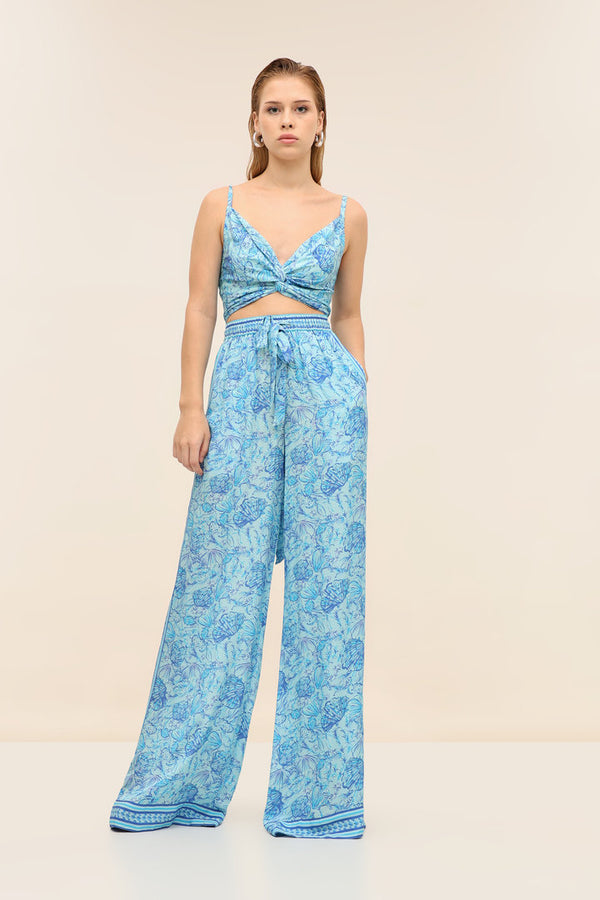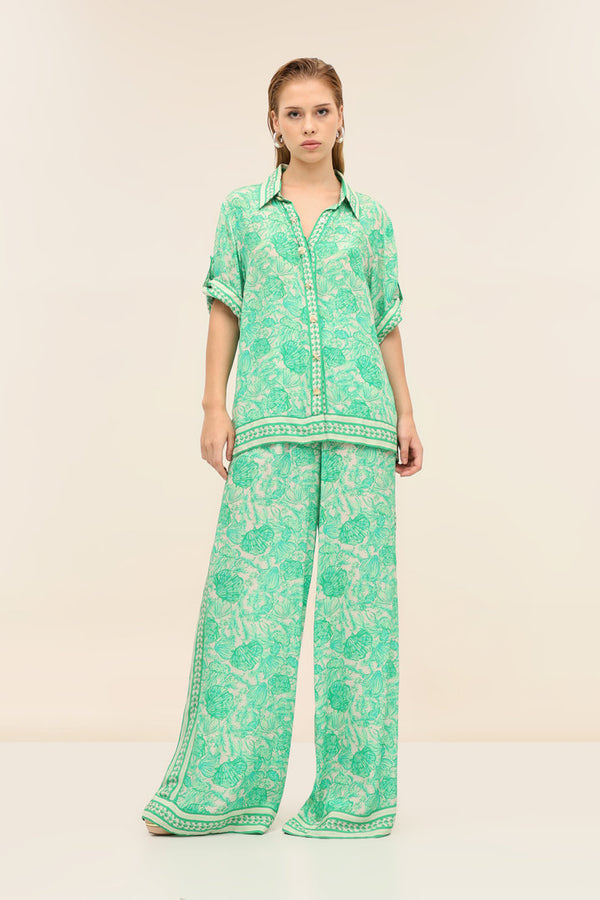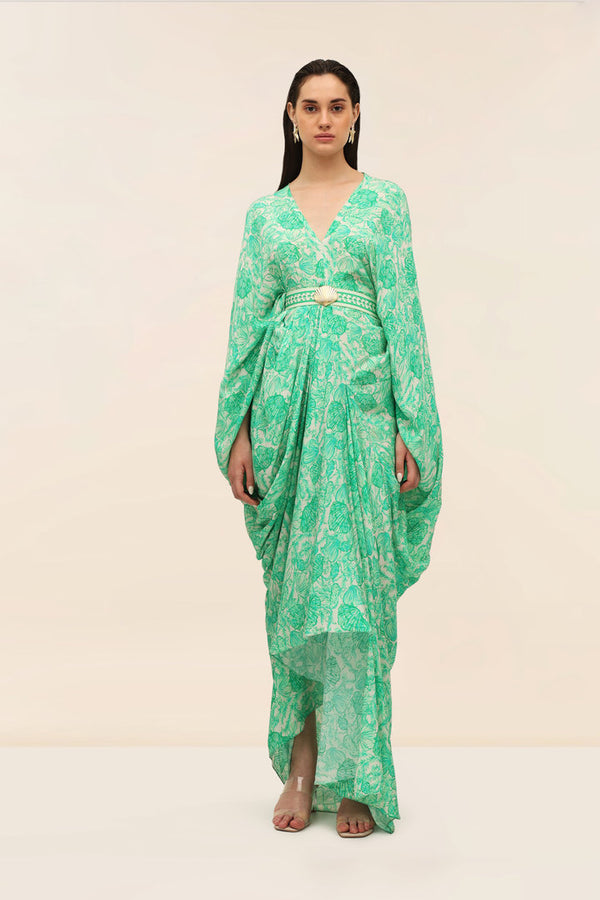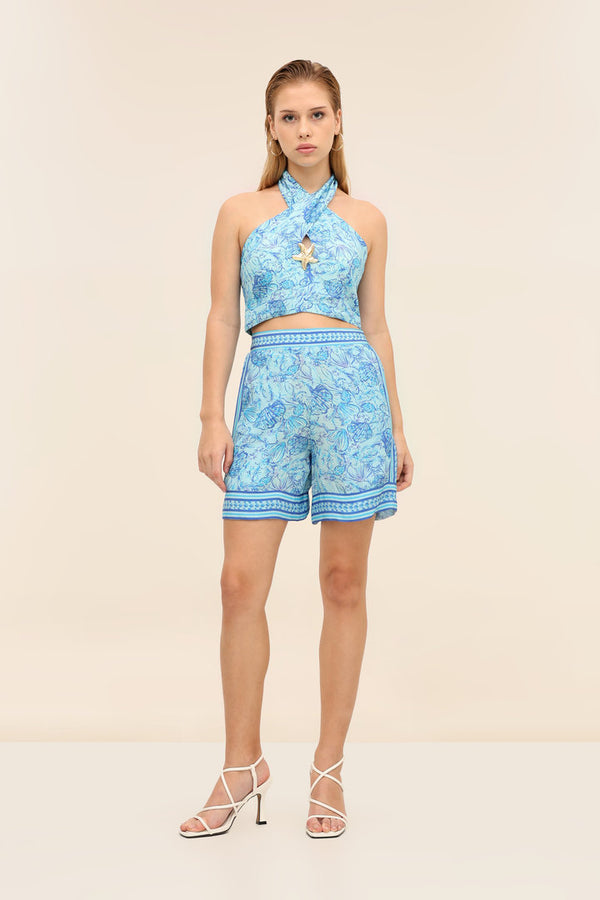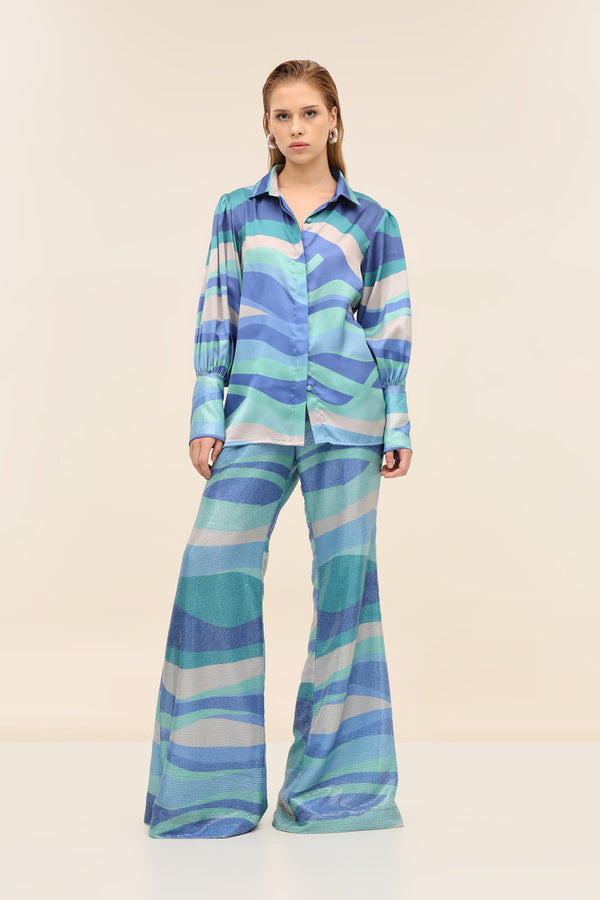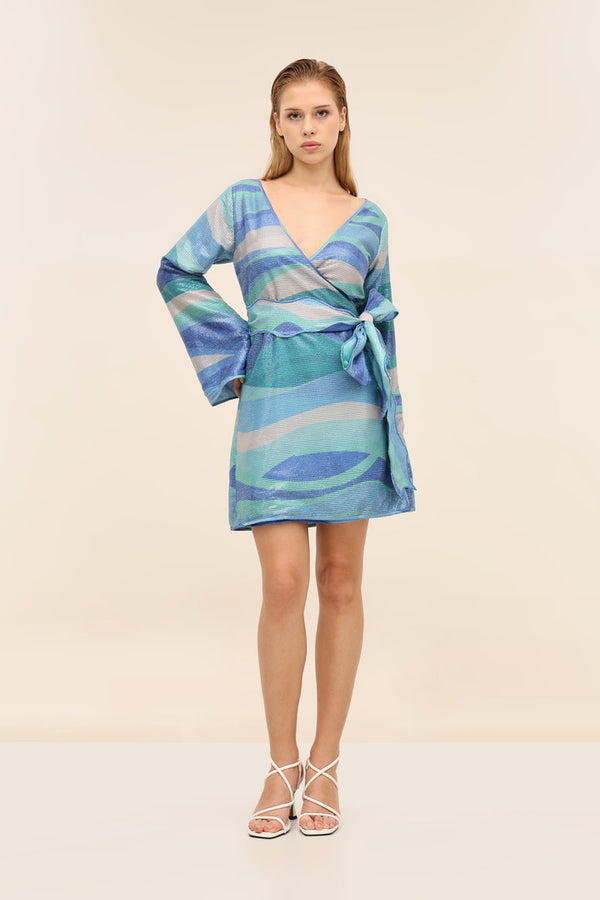Complimentary U.S. Shipping on Orders Above $200
COLLECTIONS
NEW ARRIVALS
Palm One Shoulder Kaftan
Regular price
$250.00 USD
Isle Belt Dress
Regular price
$190.00 USD
Lysa Tie-Up Top
Regular price
$125.00 USD
Logo Shorts
Regular price
$110.00 USD
Sola Shirt
Regular price
$150.00 USD
Zeph Kaftan
Regular price
$220.00 USD
Mistral Pants
Regular price
$140.00 USD
Ocea Cross Over Top
Regular price
$140.00 USD
Aqua Shirt
Regular price
$140.00 USD
Iris Tie-Up Dress
Regular price
$340.00 USD
Marisole Mini Dress
Regular price
$330.00 USD
Sirena Hoodie Dress
Regular price
$380.00 USD




